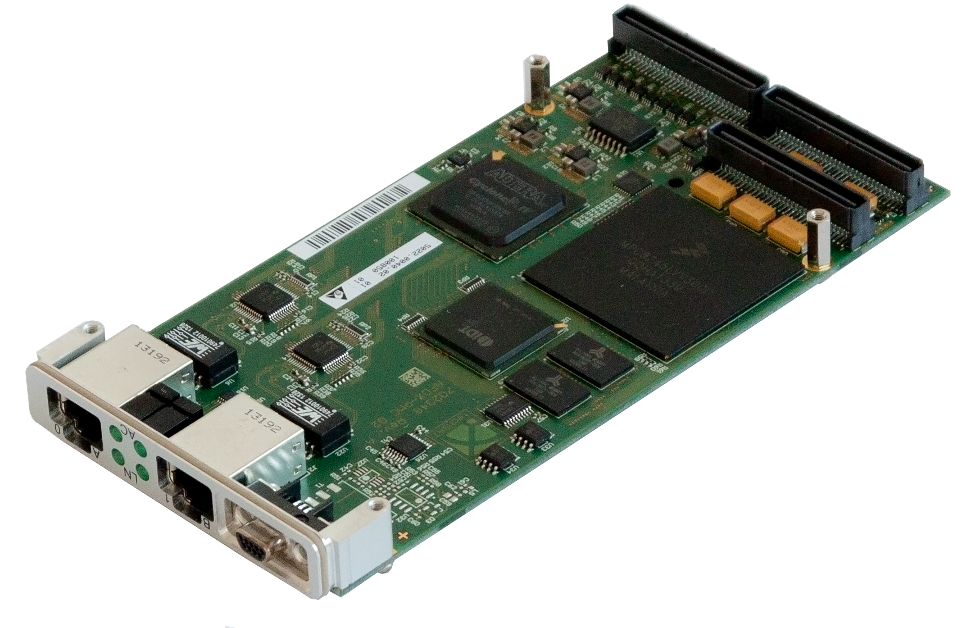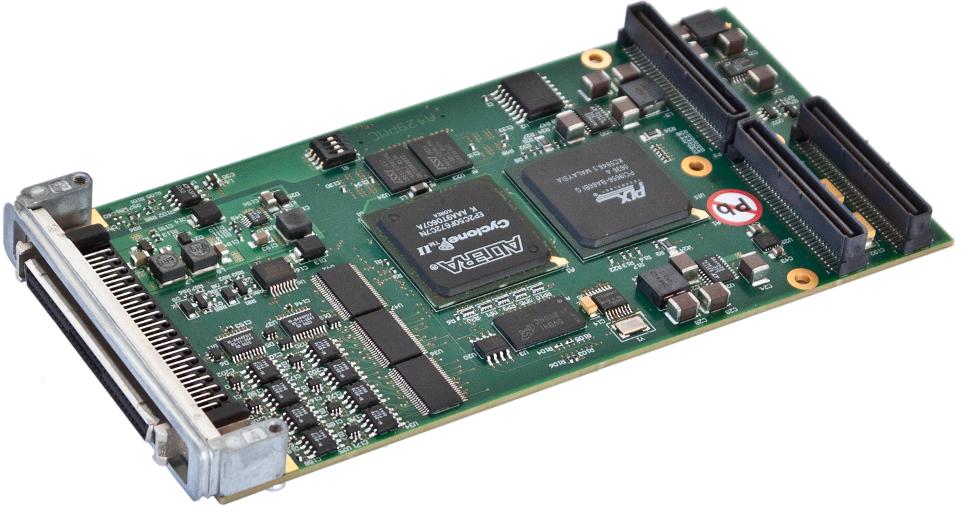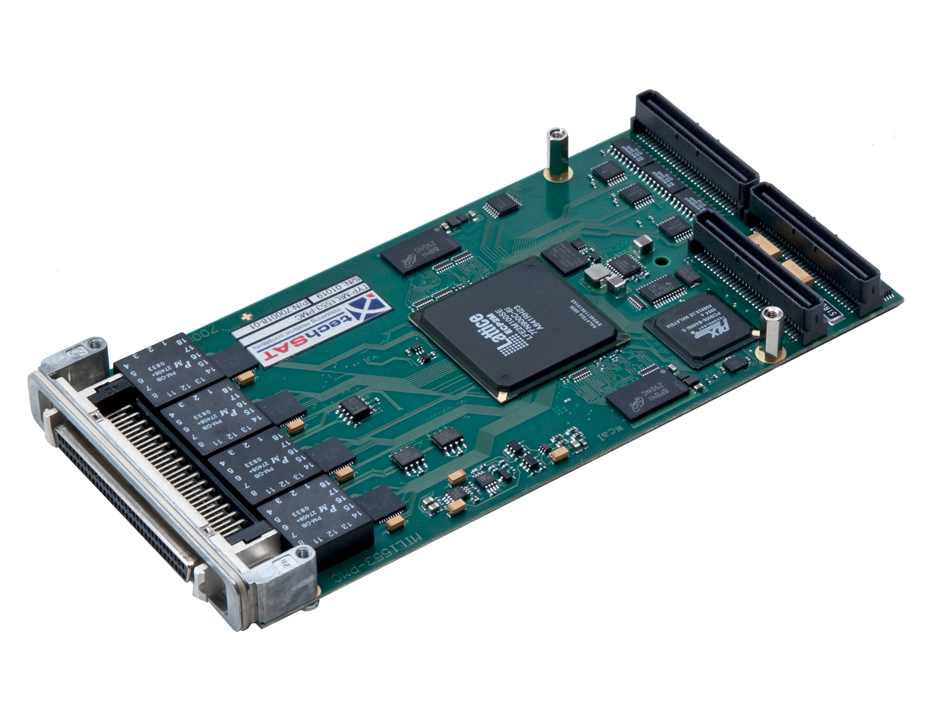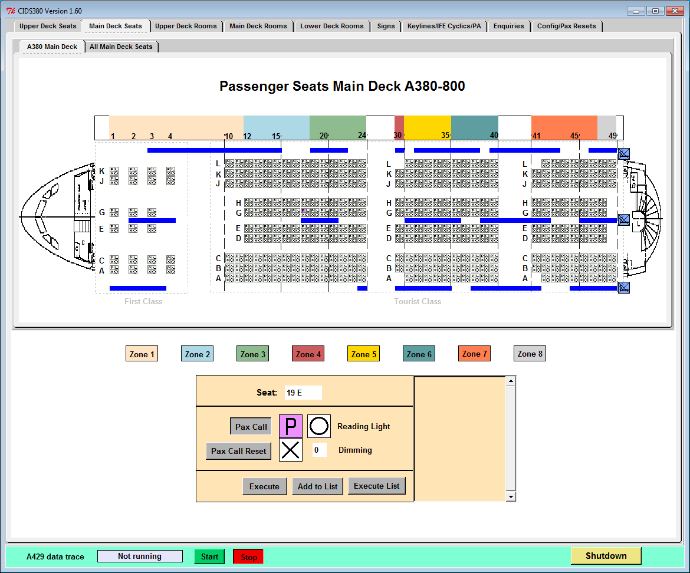ADS2 Product Family Overview
A family of generic Software and Hardware Modules
History
The initial development of ADS2 started in 1991 with a Bus Analyzer developed for the Boeing B777 program.
In 1998, TechSAT has successfully convinced Airbus to contract TechSAT to develop and deliver the test facility for cabin systems of the A380 program.
The first generation of ADS2 product family is born within this program together with Airbus and its major system suppliers.
Since then, the ADS2 product family has been continuously improved to become a leading platform for Test & Integration used in most major civil and military development programs worldwide in the last twenty years.
Technical Highlights
- Deterministic hard real time behavior
- Unlimited scalability and heterogeneous configurations
- High Performance data communication
- Dynamic on-the-fly reconfiguration
- Human readable configuration file
- Open APIs for C, C++ and Python
- Modern User Interface (new development)
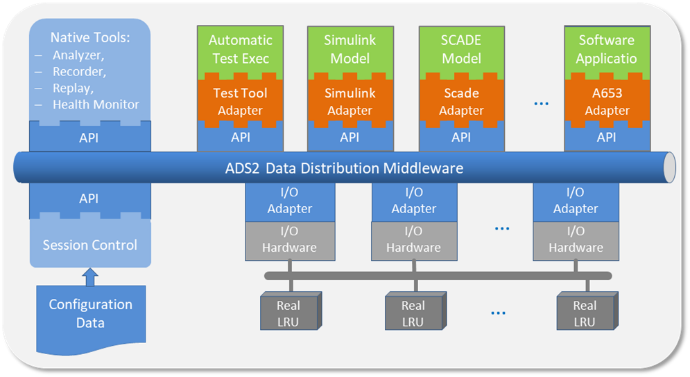
Functional Architecture
The high degree
of flexibility of ADS2 is achieved through a clear and straight forward architecture
design paired with a highly optimized implementation of its components.
- A deterministic publish-subscribe data distribution and scheduling middleware
- Adapters for a wide range of client applications and third party tools
- HW adapters for a wide range of I/O interfaces
- A set of native tools for data visualization and analysis, recording and replay
- A comprehensive system health monitor
- Human readable system configuration files (structured text)
- Scriptable generation of system configuration files
- Automatic test execution for high level requirement based test definitions
Cluster Architecture
The ADS2 Software supports transparent distribution of Client Applications on multiple computing nodes.
An ADS2 System consists of one or more real time nodes hosting simulations, applications and optionally I/O Interfaces and one or more workstations (desktops, laptops, tablets) hosting the ADS2 User Interface. The network of the ADS2 nodes of an ADS2 System are called ADS2 Cluster.
The data distribution and scheduling performed by the ADS2 Core hides the physical architecture from the client applications, i.e. an application does not need to know on which node it is executed.
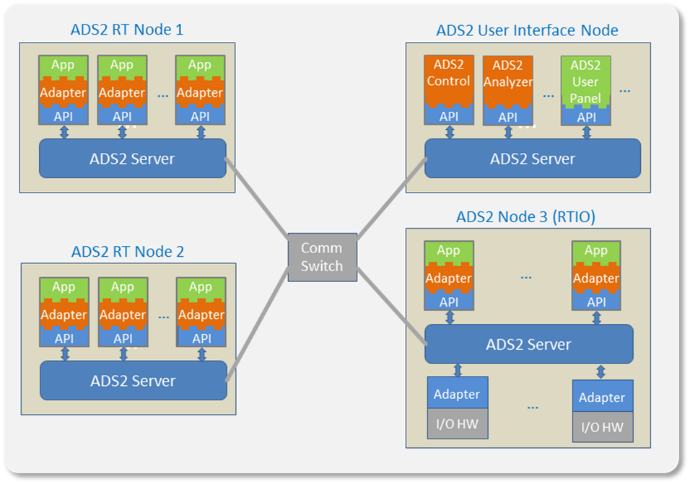
Application Adapters
Generic Simulation Tools
- Matlab Simulink
- SCADE
- FMU (FMI)
- LabVIEW
Flight Simulators
- Flight Gear
- X-Plane
Automotive Simulators
- IPG CarMaker
- Vires VTD
Generic Software APIs
- ADS2 SigAccess
- ADS2 Exapi
- ADS2 PySim
Aerospace Software API Standard
- ARINC-653 APEX (ADS2 Aerospace)
Automotive Software API Standard
- AUTOSAR (ADS2 Automotive)
Virtual IO Adapters
- VISTAS
Test Automation Tools
- ADS2/TPM
- PikeTec TPT
- Simulink Test
Supported I/O Interfaces
Avionics Busses
-
ARINC-664
- ARINC-429
- ARINC-825 / CAN
- MIL-STD-1553
- Ethernet (TCP/IP, UDP)
- RS232/422/485
Analog Signal I/O
- R/LVDT
- Synchro/Resolver
- Analog I/O (Voltage, Current)
- Potentiometer
- Resistive Sensor Simulation (PT100, PT200, PT1000, NTC, Strain Gauge)
Discrete IO
- Avionics Discrete (GND/Open, 28V/Open)
- TTL
External Measurement Devices
- DMM,
- Oscilloscope
- Scanner
Radio Navigation Signal Generators
- VOR
- ILS
- MB
- DME
- GPS
- Radio Altimeter
Switching Control
- Real / Simulated switching
Electrical Error Injection
Generic External Signal Generators
Software Controller Power Supply and Power Switching
